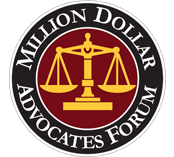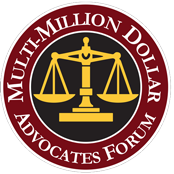Common Examples of Florida Car Crash Liability Patterns Apart from Rear-End Collisions
Car accident liability patterns refer to the various ways an auto crash can lead to a liability claim. While rear-end collisions are prevalent, other accident cases result in personal injury claims, including the following:-
Sideswipe Accidents
-
Head-On Collisions
-
T-Bone Collision or Side-Impact Accidents
-
Single-Car Accidents
-
Rollover Accidents
-
Left and Right-Hand Turn Collisions
Who Is Responsible for Traffic Collisions in West Palm Beach, Florida?
When discussing liability for car accidents, the first thing to note is that Florida is a no-fault state. This means that auto crash victims are generally responsible for their injuries regardless of who caused them. While many other states mandate bodily injury liability coverage, Florida car insurance laws don’t impose it. Instead, the mandatory auto insurance for the state is $10,000 each for personal injury protection and property damage liability. However, there are some exceptions to Florida’s no-fault car insurance rules. Auto crash victims can pursue a car accident claim against a negligent party upon reaching specific injury thresholds. In such cases, the claimant must establish the at-fault party’s liability by proving the following:-
Duty of Care
-
Breach of Duty
-
Causation
-
Damages
- Police reports
- Eyewitness statements
- Photos and videos
- Cell phone records
- Toxicology reports
- Expert witness testimonies
- Favorable traffic laws
- Black box data






